The Fusion of Off-Road Vehicles with Urban Lifestyle
As off-road vehicles merged into the urban SUV stage, they ignited a fusion with the vibrant private car consumer market. Under the influence of a robust market demand, the urban SUVs cast aside their rugged, personalized edge to transform into a fully domesticated form factor designed for family use.
The Evolving Legacy of Off-Road Vehicles
Should one chart the developmental trajectory of post-war off-road vehicles, a narrative emerges: the transformation from a short-wheelbase, convertible, tool-like archetype to the long-axle, hard-topped luxury off-roaders, eventually shifting to customized versions and settling finally into the urban SUV image, redefined as a family-oriented vehicle. These models, adaptive to varying historical environments, consistently mirrored the dominant trends of their era. As these vehicles evolved, the dilution of their utilitarian traits and off-road prowess paralleled a shift from practical necessities to fashionable desires.
Maintaining the Essence of Ruggedness and Utility
Is the once-celebrated ruggedness and utilitarian spirit to be cast aside? Not in the slightest. While the mainstream market evolves towards broader appeal, specialized demands continue to thrive as niche interests, sometimes surging back into vogue. As an instance, the rugged and tool-like characteristics, once mainstream, transitioned into specific market segments, catering to particular countries and their unique demands.
The Role of Tool-Type Off-Road Vehicles
Tool-type off-road vehicles serve as a market complement, distinct from their luxurious counterparts, with key markets including Southeast Asia and the Pacific Rim. Emblematic models from brands like Toyota, Mitsubishi, Nissan, and Ford maintain their connection to traditional pickups, preserving a body-on-frame structure and powerful four-wheel-drive systems while emphasizing low operating costs over extended periods.
The Introduction of Toyota Fortuner: A Landmark Event
Toyota Thailand’s introduction of the first generation Fortuner at the 2004 Thailand International Motor Expo, followed by its launch in 2005, marked a pivotal moment. Based on the foundation of the Hilux pickup, two vehicle variants were presented: the tool-type Fortuner off-roader and the Innova, a tool-type MPV.
Despite its Thai origins, the Fortuner’s global reception, particularly in the Middle East, South Asia, and Australia, stamps it as a cosmopolitan vehicle of Toyota’s fleet. As the urban SUV took supremacy in global markets by 2005, regions with emerging car markets, like China, began to influence and steer the evolution of urban SUVs. The trend towards urban SUVs was characterized by an emphasis on highway maneuverability over off-road agility, mirroring the rapid development of road infrastructures.
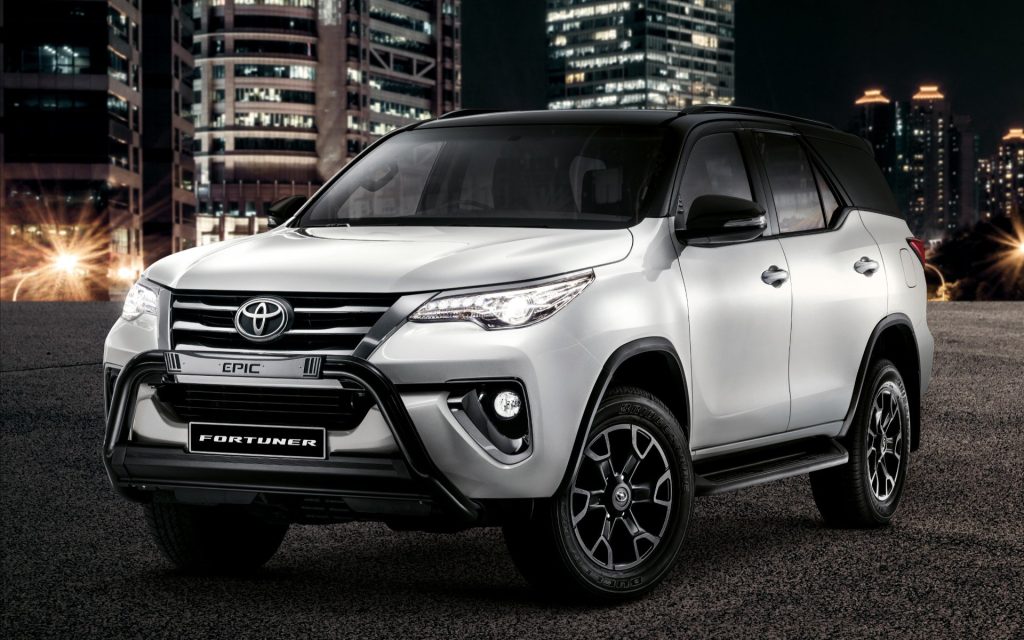
The Fortuner: Emblematic of Tool Orientation
The first-generation Toyota Fortuner embodies tool-like functionality throughout. Its non-unibody construction offers significant load-bearing capability, distinct from the luxury-oriented land cruisers. Inside, higher floors and lower seats maximize headspace, accommodating up to seven passengers across three rows. While this height affects stability, and a stiffer rear suspension affects ride comfort, it significantly lowers the cost of ownership, especially when compared to luxury models like the Prado Land Cruiser.
The Rise of Alternative Models
Toyota is not solitary in crafting workhorse vehicles. Mitsubishi, with the launch of the Triton-based first-generation Pajero Sport in 1996, presented a more efficient and practical design compared to the Pajero. Mitsubishi introduced the Triton pickup in Thailand almost concurrently, sharing most frontal exterior elements between the two.
The Resilience of the Off-Road Market Segment
In markets such as Southeast Asia, Australia, and the Middle East, the robust performance and affordability of tool-type off-road vehicles have been essential to the segment’s growth.
Varying Market Responses to Utility Vehicles
Yet, local market conditions significantly influence vehicle success. In Southeast Asia and Australia, where tool-type off-roaders find favor, the same models encounter ‘cultural shocks’ in other markets. In China, for example, regardless of model generations, sales for vehicles like the Pajero Sport, Ford Everest, MU-X, and Terra hover around the low hundreds, resulting in a lack of renovation initiatives. Simplified, consumers prioritize urban SUVs’ spatial and comfort advantages over off-road capabilities.


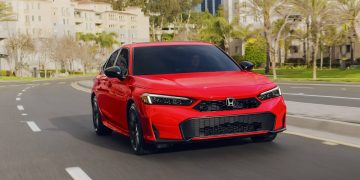
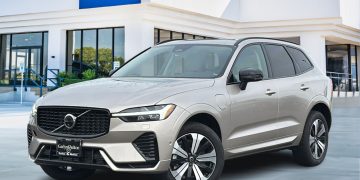
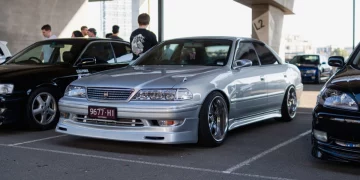

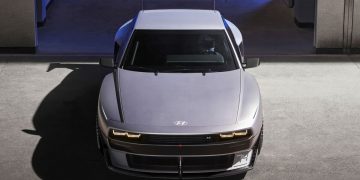

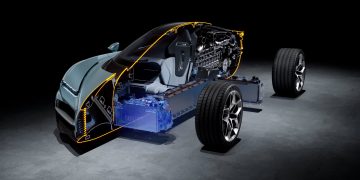





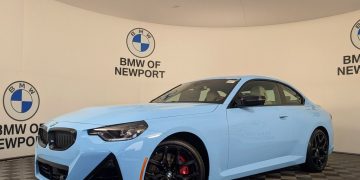

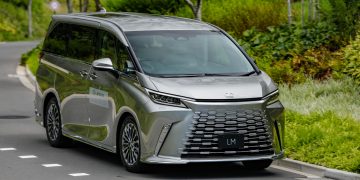
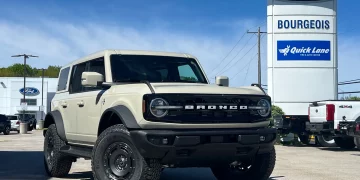
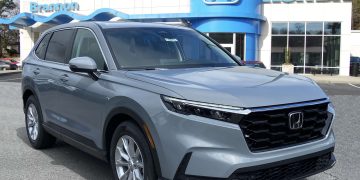


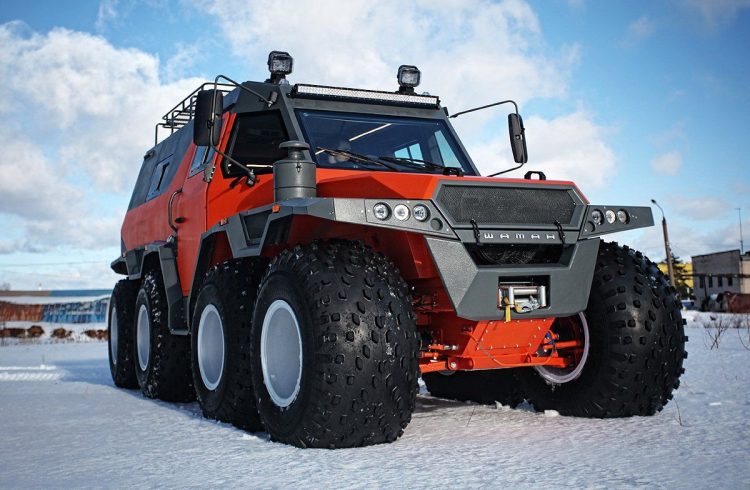












Discussion about this post